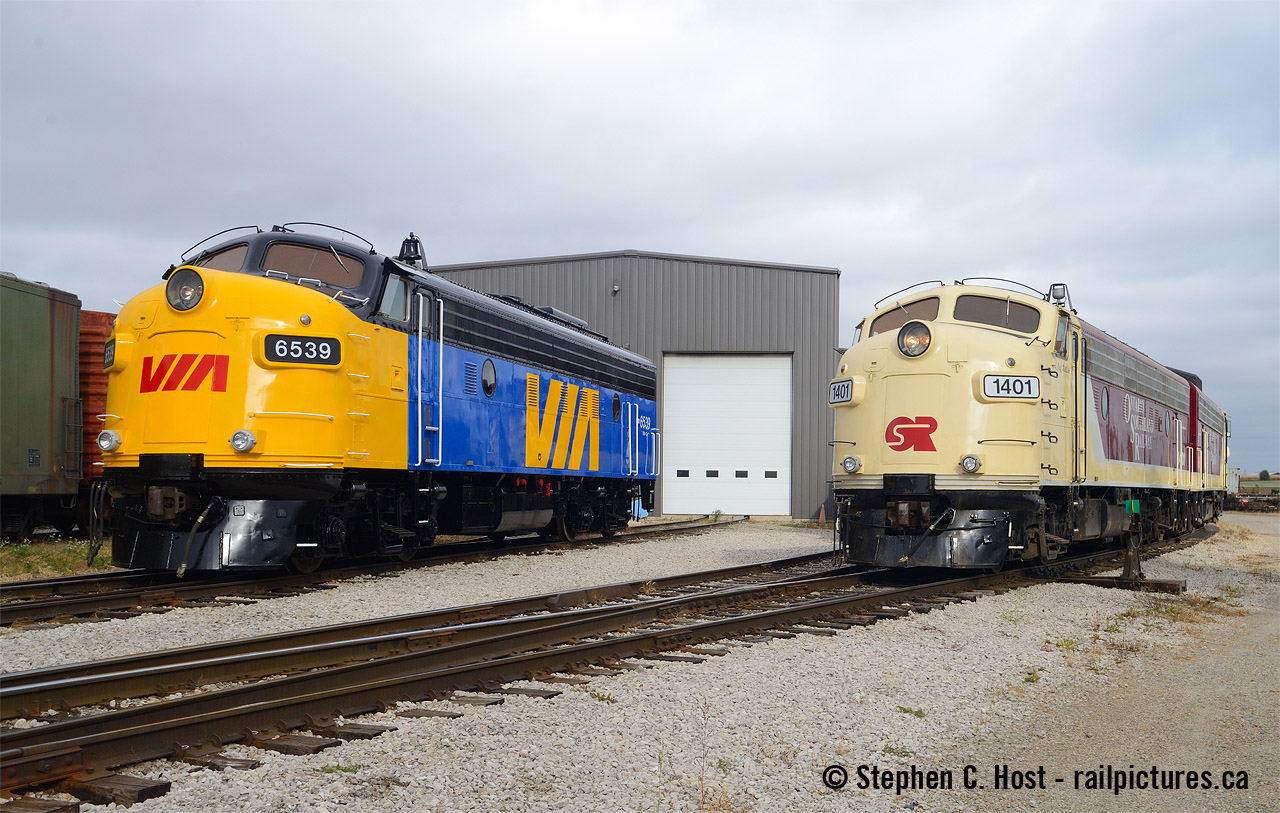Mr Finish Line
Active Member
I very strongly disagree. And as always, it comes down to the signalling.
As I've said before, the Weston Sub can operate 90mph trains every 3 minutes (and slower trains more frequently than that). That is a considerably higher potential frequency than anywhere in North America as far as anyone in the industry can figure, and rivals a lot of the high-zoot wayside signal installations on mainline railways elsewhere in the world.
I would love to live in a universe where GO will be operating express trains every 3 minutes, but that seems excruciatingly unlikely in any event horizon that includes my lifetime. And so there will be room to slot in any potential half-hourly VIAs.
My assumptions are including HSR, and considering the same reasons as above.
Dan
I know potential routes out of Toronto have been thrown around on this thread a few times, but I don't remember a discussion about using LSE to get out of the urban area. If I understand @smallspy correctly, there's plenty of capacity for 1/2 hourly HSR on a quad tracked LSE, assuming the right signalling.
Following the route where it drops down to double track east of Guildwood, it looks like there is sufficient space for another set of tracks all the way to Pickering where it looks like it starts to become a tight squeeze between the 401, GO, and CN. If another set of grade separated tracks could be squeezed all the way to the 412, it's a straight shot up to the old CP route to Peterborough (Havelock sub?). Metrolinx would have to move stuff around, like the platforms at Rouge Hill, but they would presumably also benefit from a bunch of new grade separations east of Scarborough GO. Does this seem like one of the potential routes?





